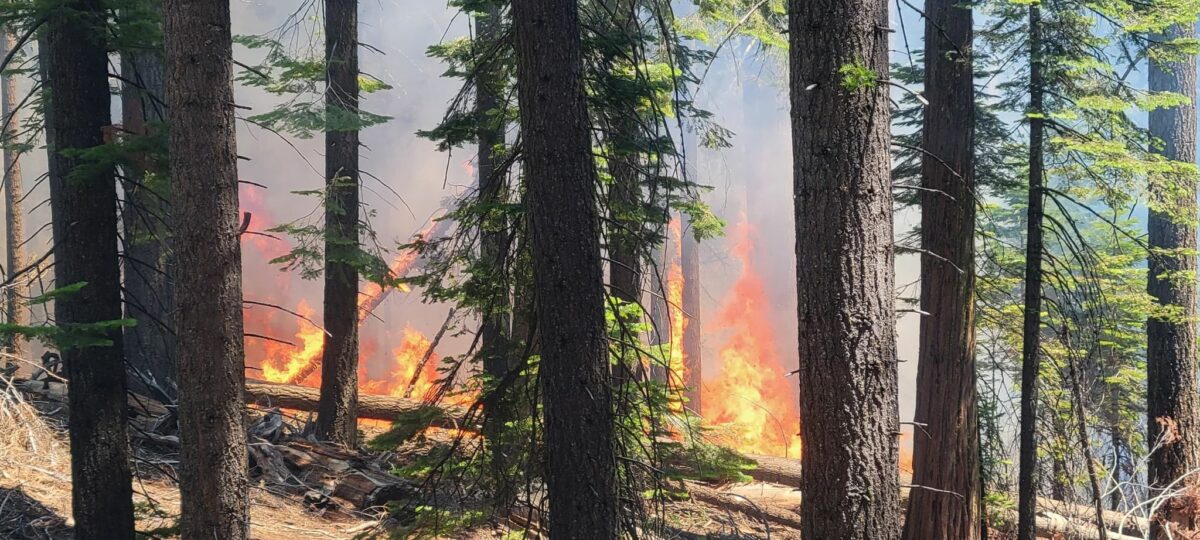Fires and smoke aren’t the only hazards visitors to Yosemite need to be concerned about these days, rattlesnakes are another serious threat.
Fires and smoke aren’t the only hazards visitors to Yosemite National Park need to be concerned about these days, rattlesnakes are another serious threat.

Park officials reported a noticeable uptick in rattlesnake bites in the greater Yosemite region this summer, and after two bites in a three-day period recently, they were prompted to issue a warning and advice on how to handle an encounter with a rattlesnake, also listing the dos and don’ts if bitten:
Keep your distance. Rattlesnakes can strike only a distance equal to half their own length.
Watch where you step or reach with your hands. Use extra care when opening and closing food lockers.
Stand still if you think you hear a snake. As soon as you’ve located the snake, move away.
Beware of snakes without a rattle—baby rattlesnakes don’t have rattles and adult rattles can break off.
If bitten, do remain calm and move slowly, and seek medical attention.
If bitten, don’t apply a tourniquet, apply ice to the wound or attempt to suck the venom out of the wound.
Hiking or backpacking with a satellite messenger might be another good piece of advice, as the latest incidents suggest.
A backpacker in the Glen Aulin area used a satellite messenger device on behalf of another backpacker to request a “snake emergency.”

The man in his mid-30s was bitten by a rattlesnake while fishing barefoot in the Grand Canyon of the Tuolumne. The victim stepped on a rock, causing it to shift under his weight and suddenly a rattlesnake bit him on the left foot. It was apparently underneath the rock.
Also on FTW Outdoors: Alligator grows at alarming rate; officials think they know why
The victim’s wife left to seek help while another backpacker stayed with her husband. She hooked up with the backpacker who had a satellite messenger device and reported the coordinates. A California Highway Patrol helicopter flew in for a rescue, and the victim was eventually transported to a Modesto hospital. He was treated and was expected to be released Friday Sept. 11 or Saturday Sept. 12, more than a week after being bitten.

Two days later, a hiker on steep terrain was with two others when bitten in the knee a few miles up the Chilnualna Falls trail in Wawona.
“We were on the trail, hiking by ankle-high shurbs, when out of the blue—with no rattle, no hiss, no sound whatsoever—a snake struck,” one hiker recalled to park officials.
The Yosemite Emergency Communications Center received a 911 call from one of the hikers. They originally put a tourniquet on the victim’s left leg above the wound, but a park ranger-paramedic told them to remove it immediately.
Also on FTW Outdoors: A human-sized bat? It’s big, and photo is real, but…
“Applying a tourniquet to a limb that has been envenomated blocks blood flow and can lead to tissue damage,” Yosemite Search and Rescue reported. “For the same reason, do not apply ice to a rattlesnake bite.”
A contracted helicopter from Sequoia and Kings Canyon made the rescue. The victim was treated for dehydration, nausea and pain on the way to a hospital in Modesto. The victim was to be released over the weekend.
Photos courtesy of Yosemite National Park and Wikipedia Commons.





